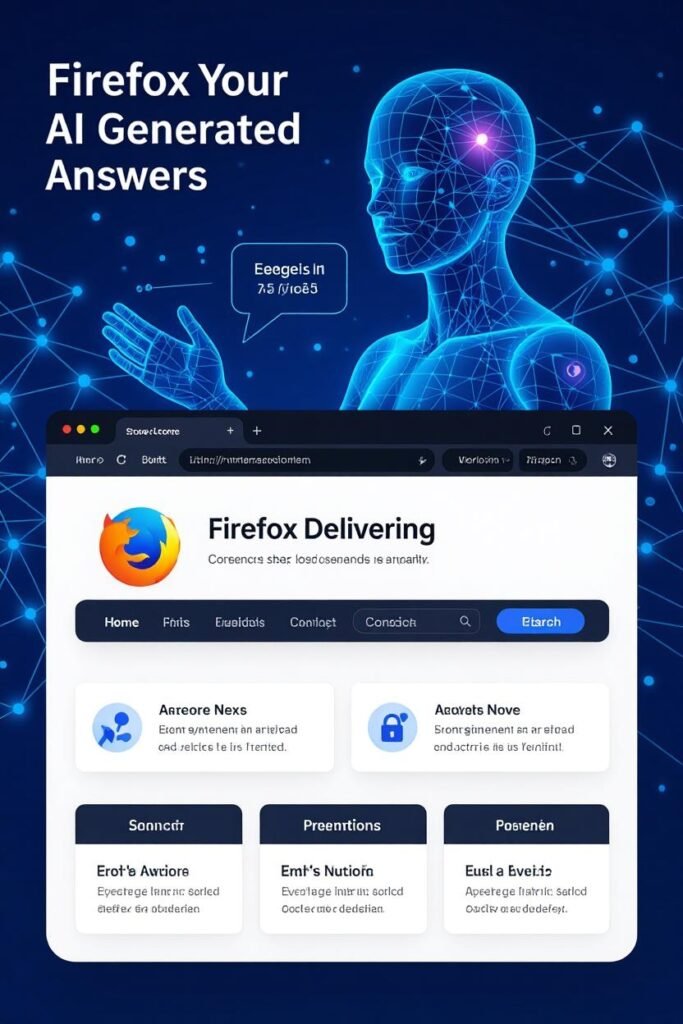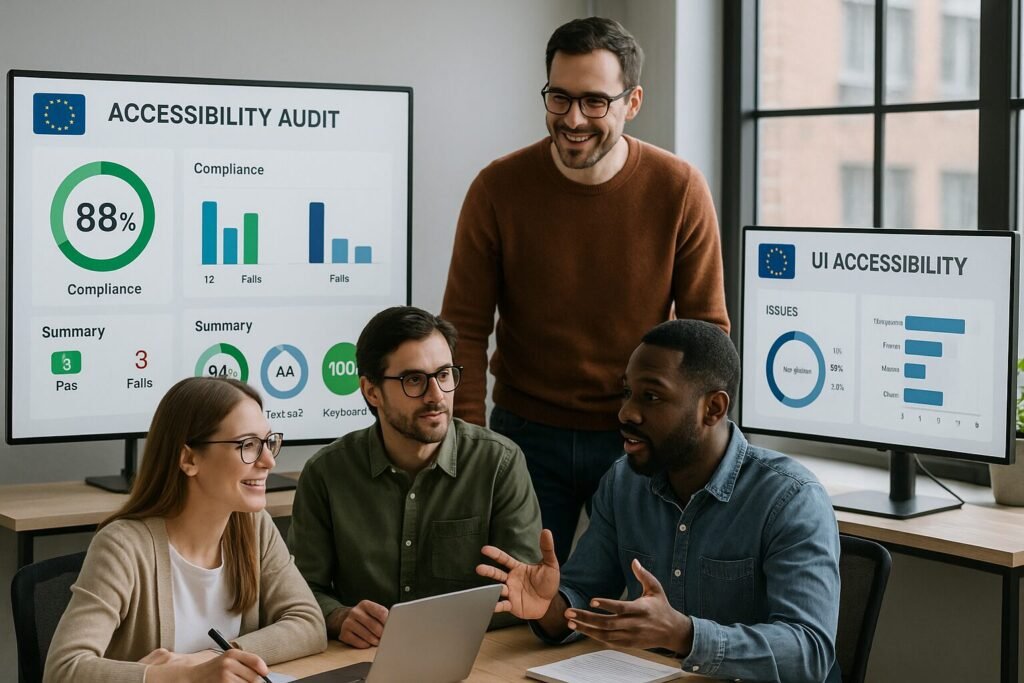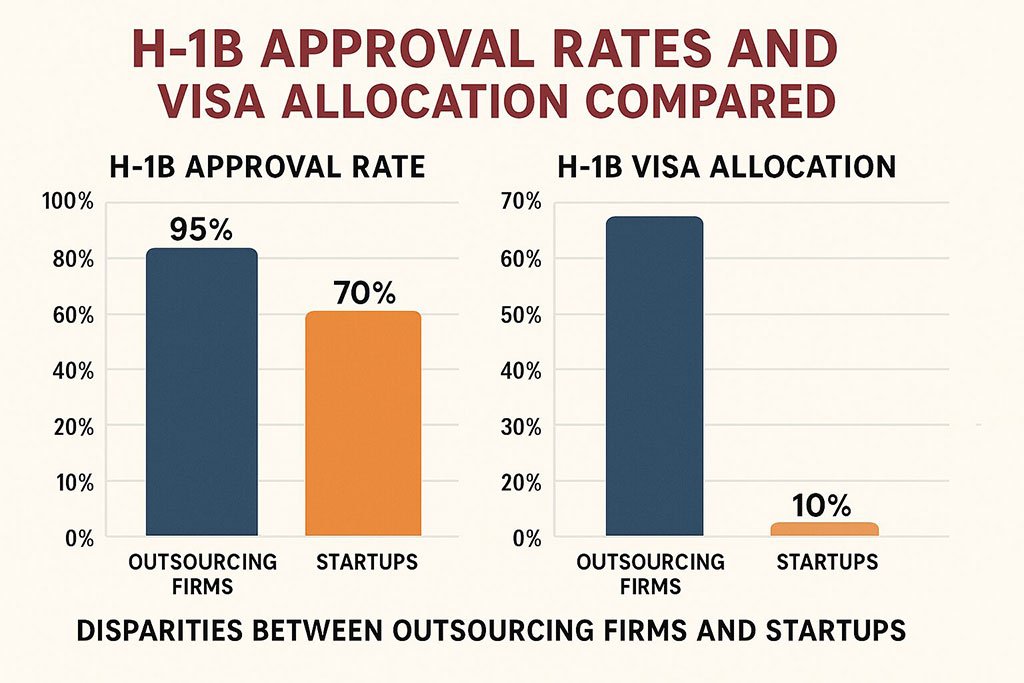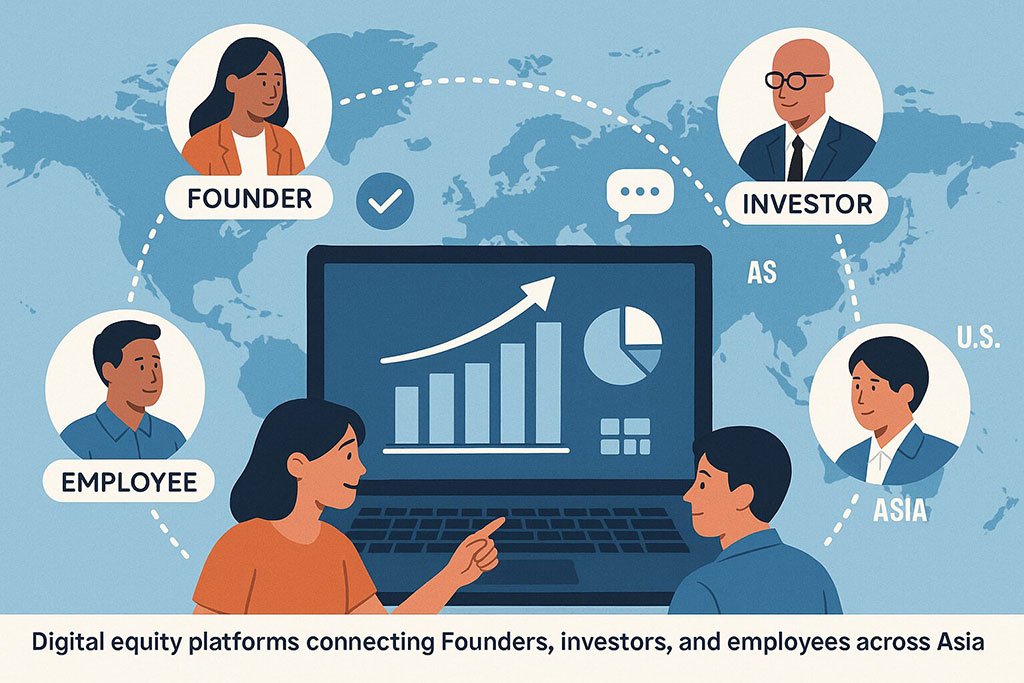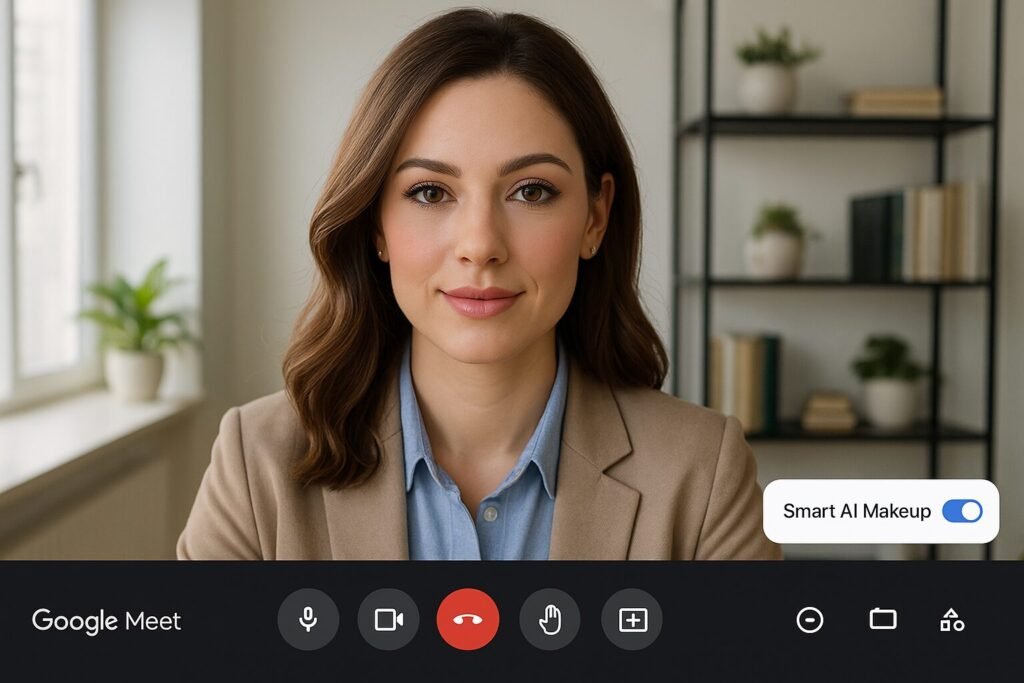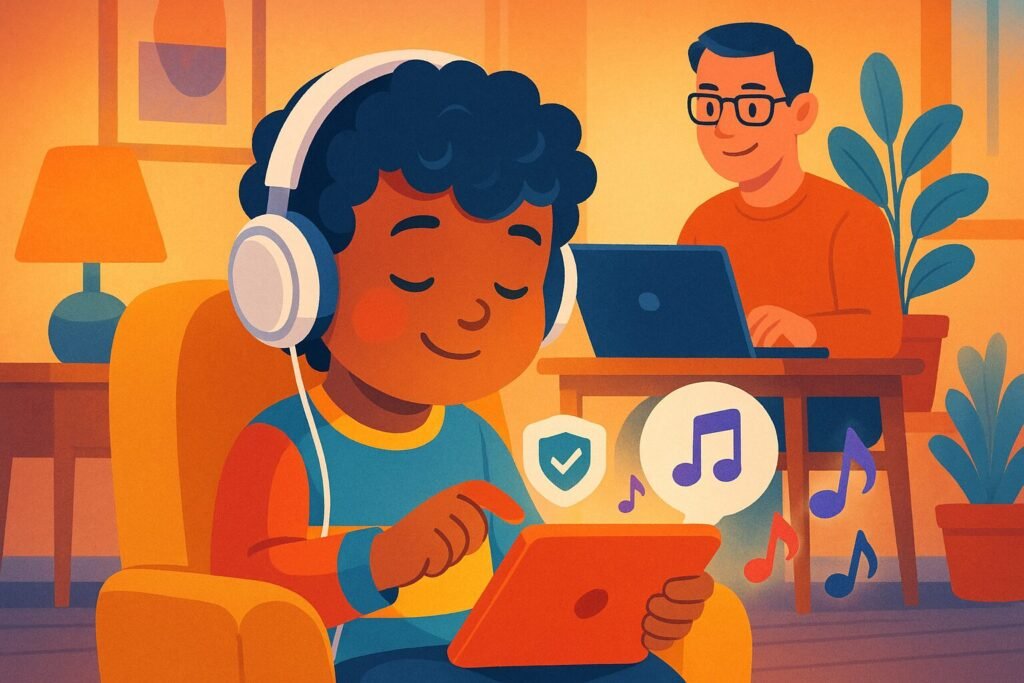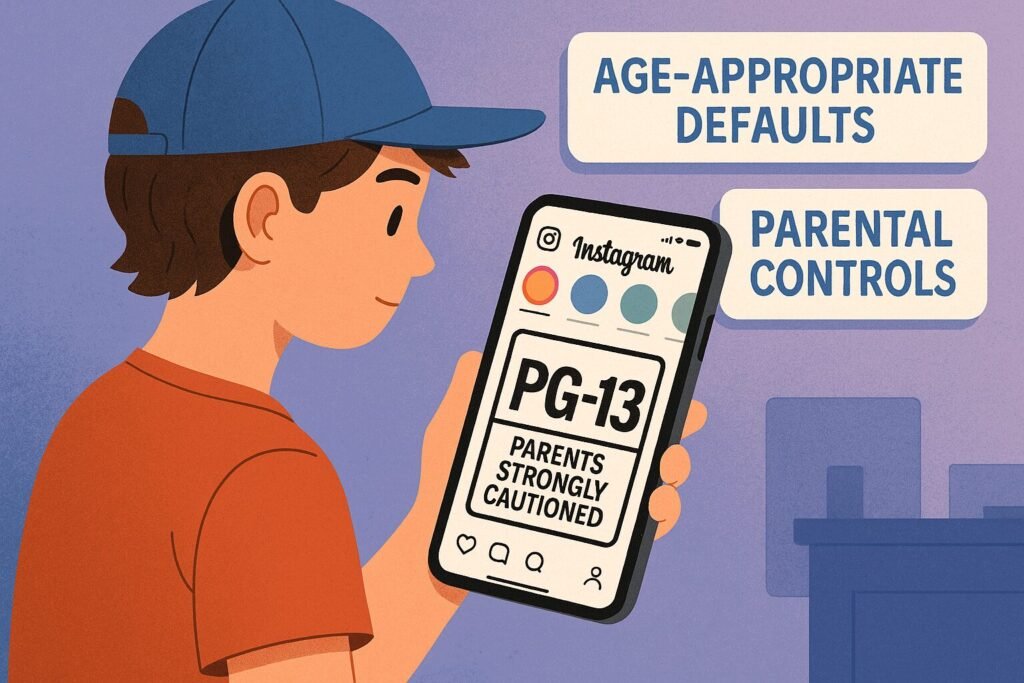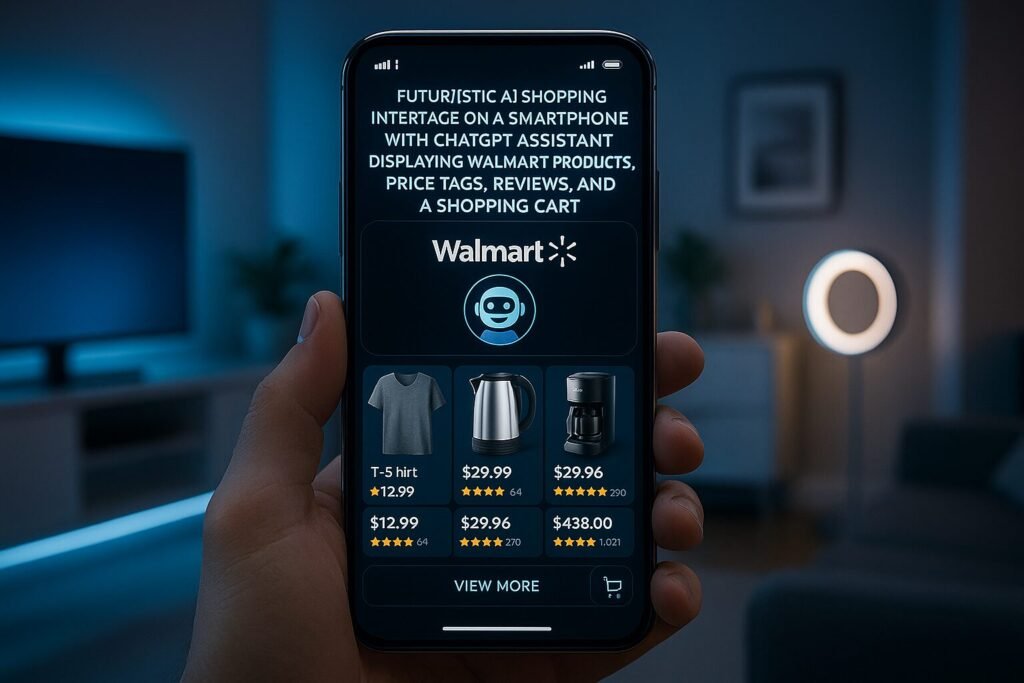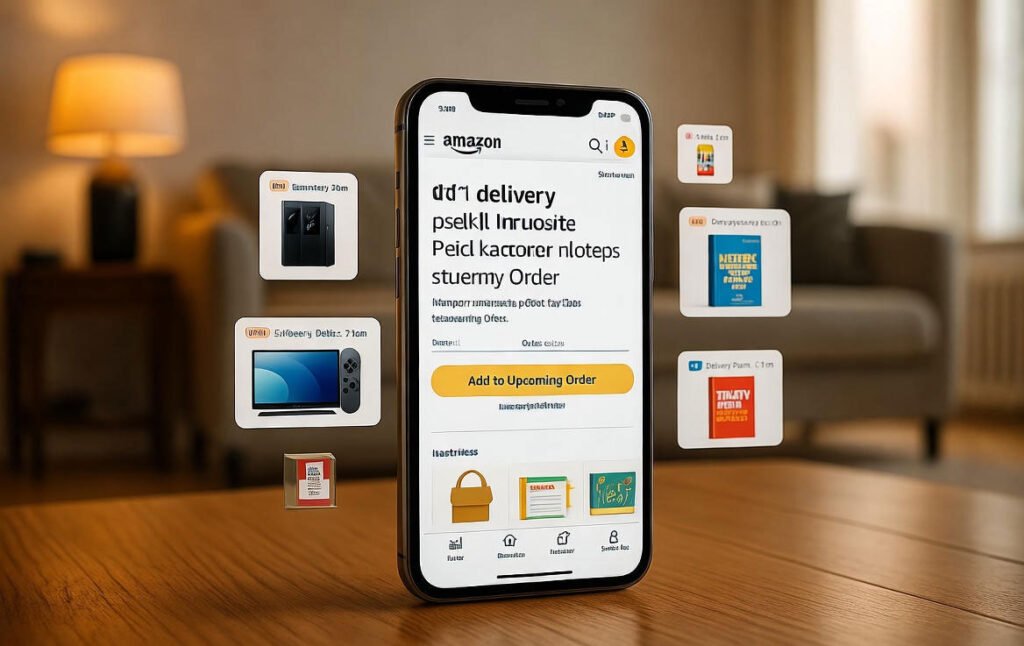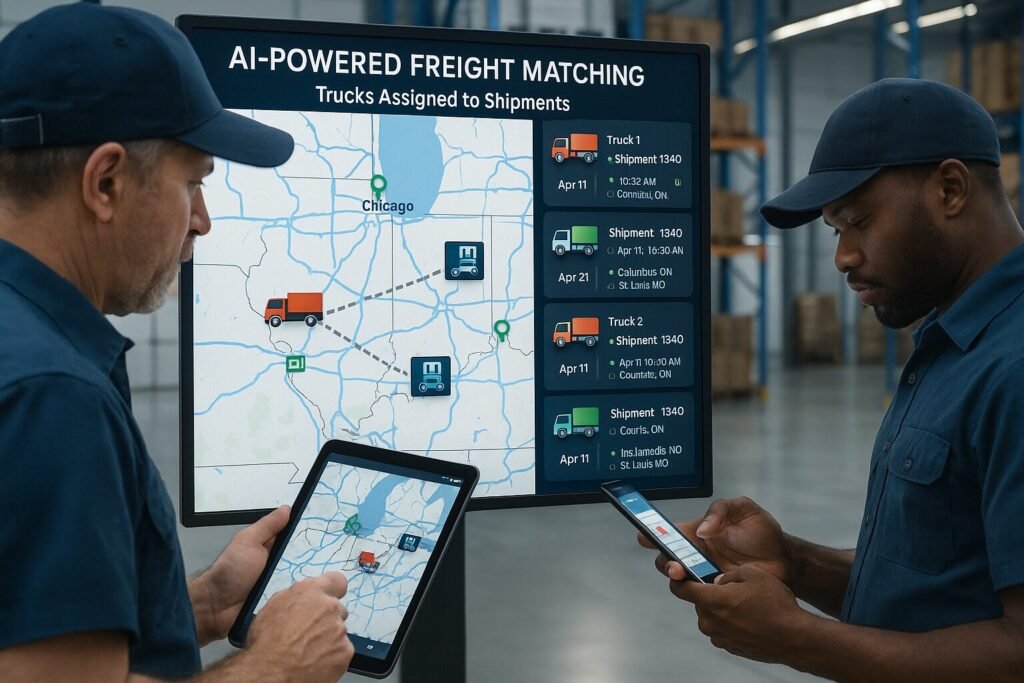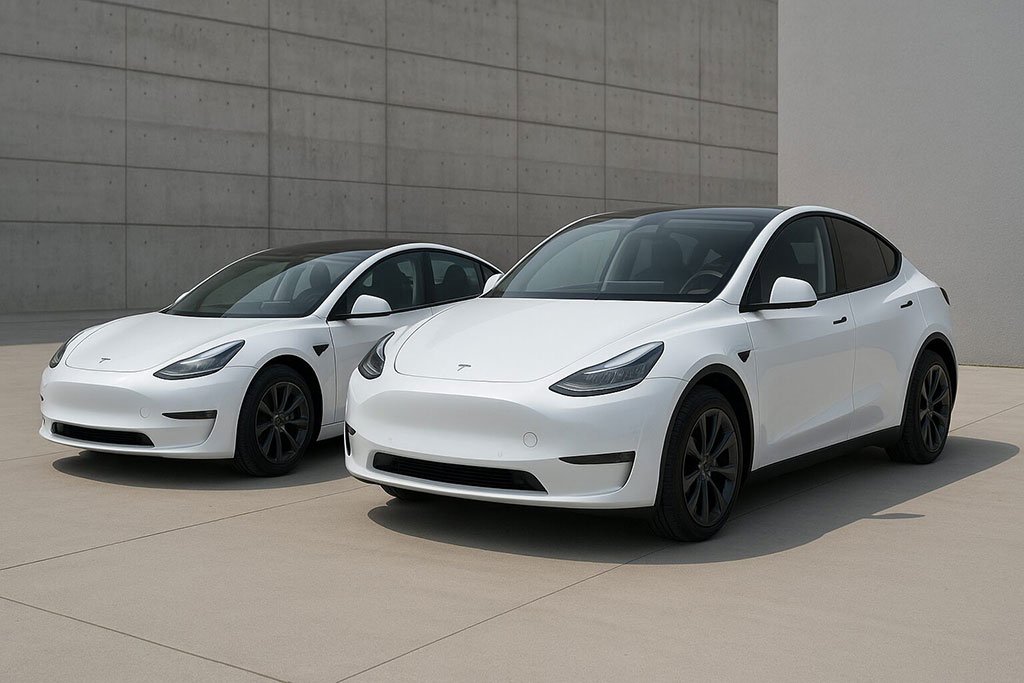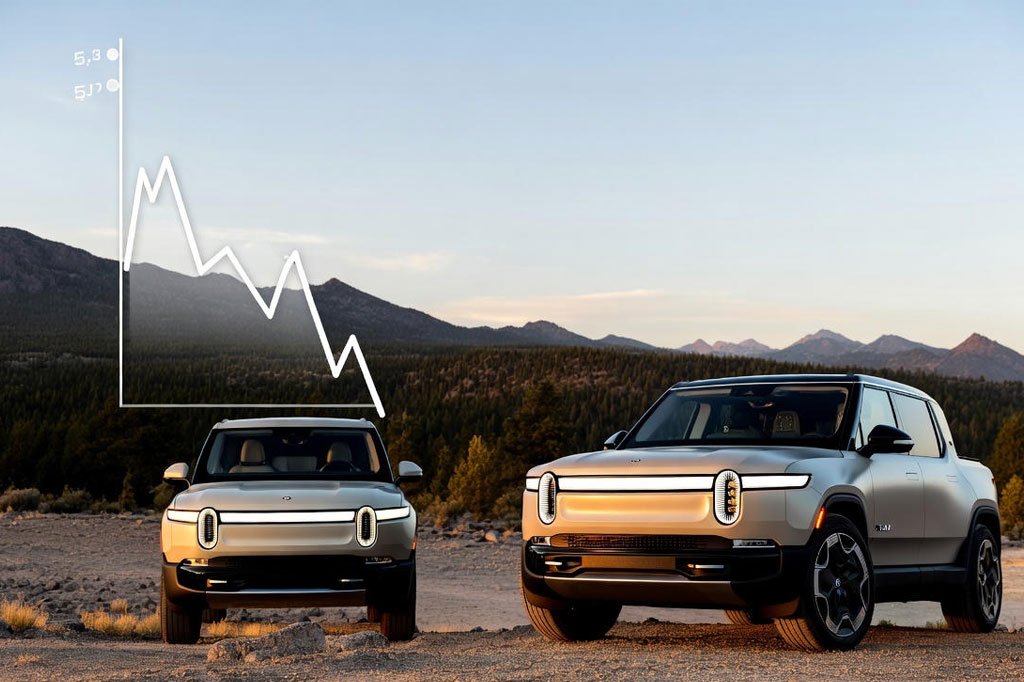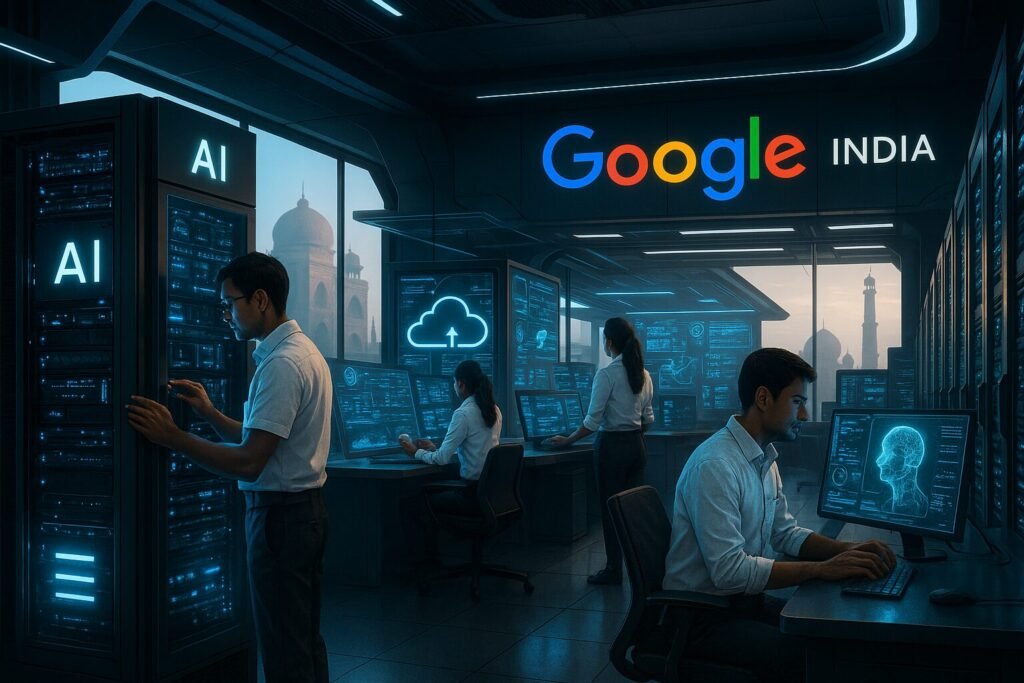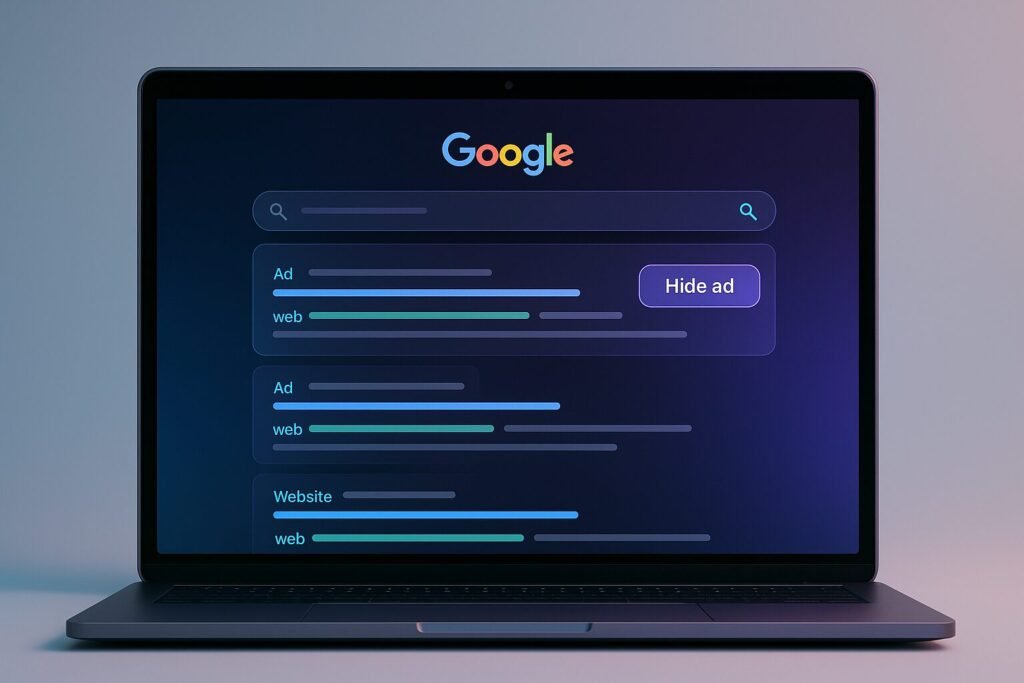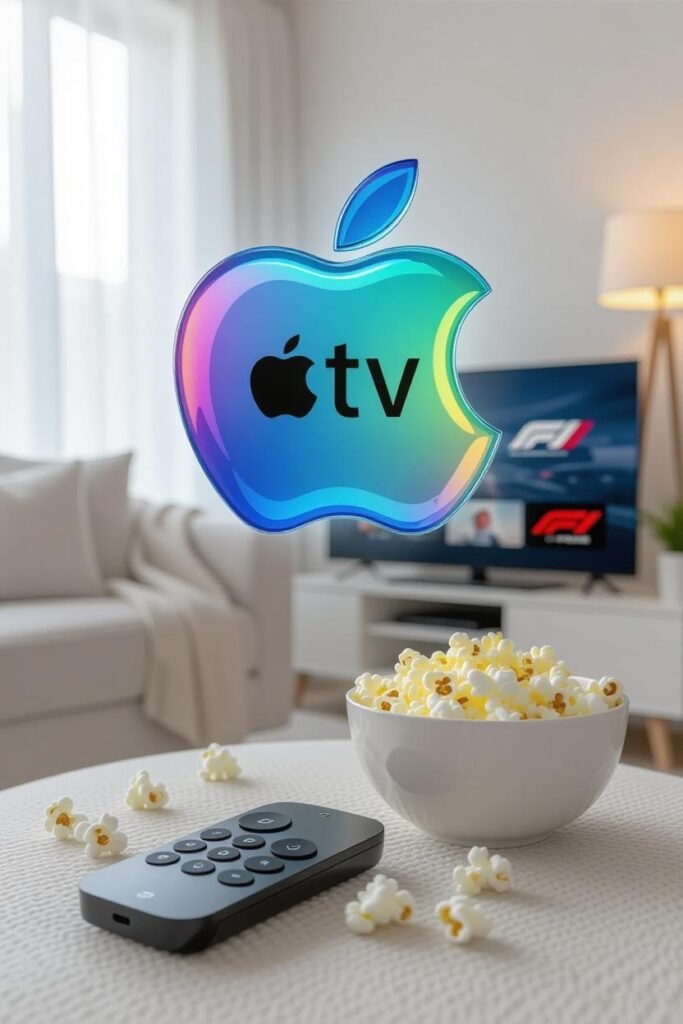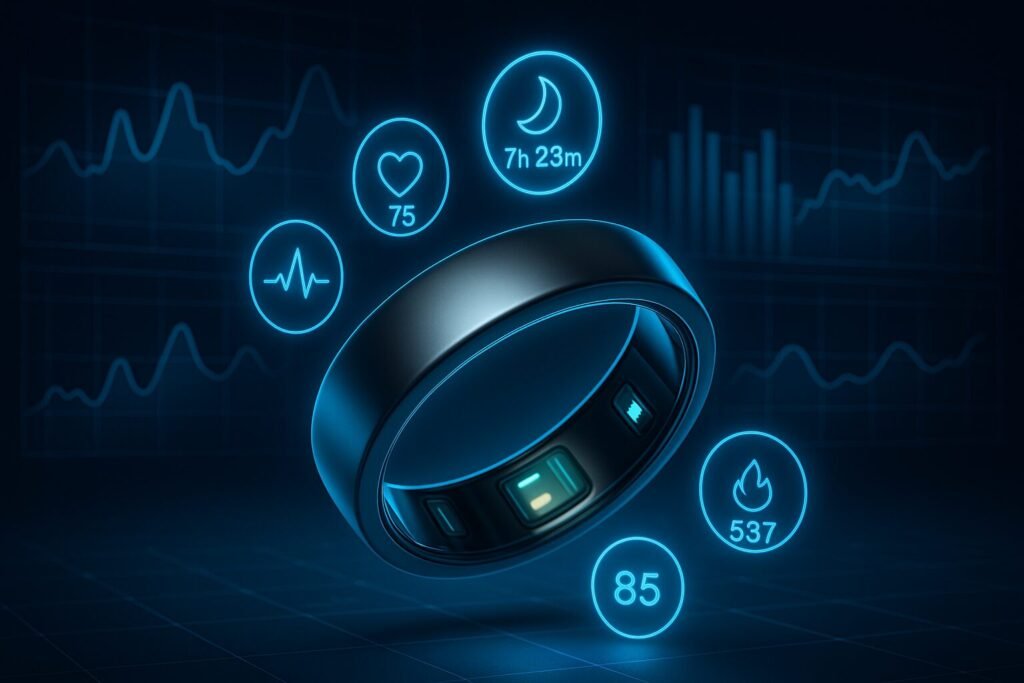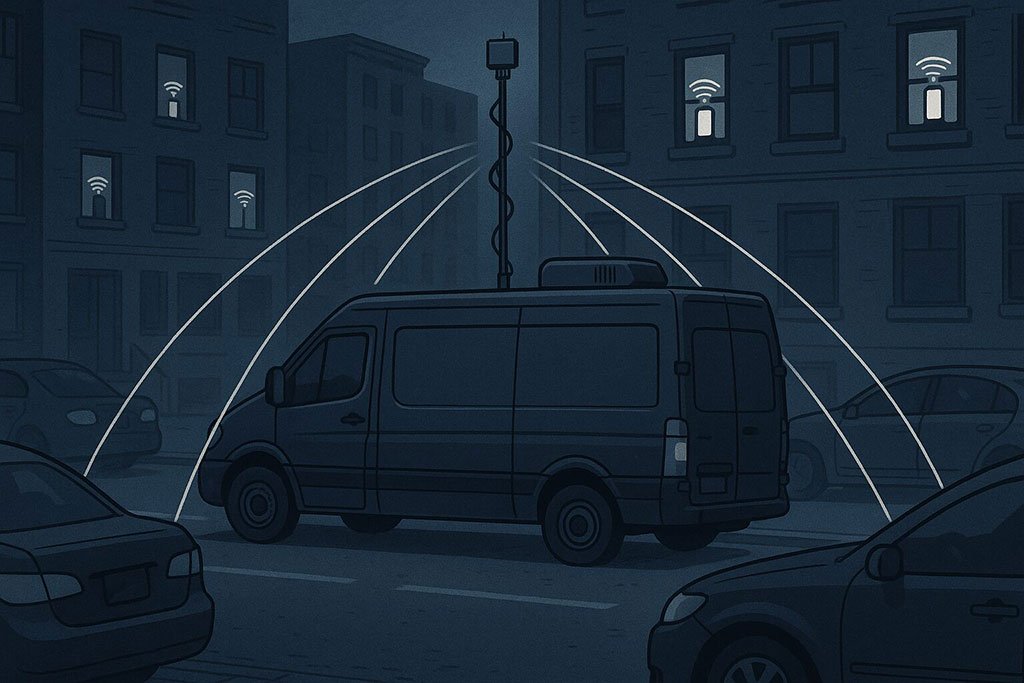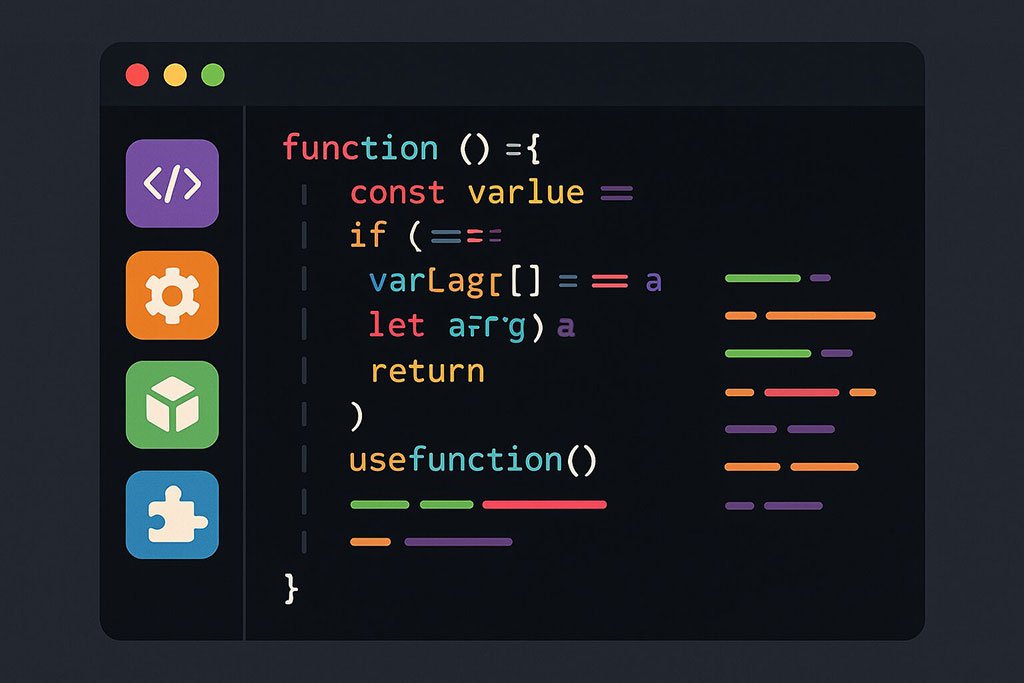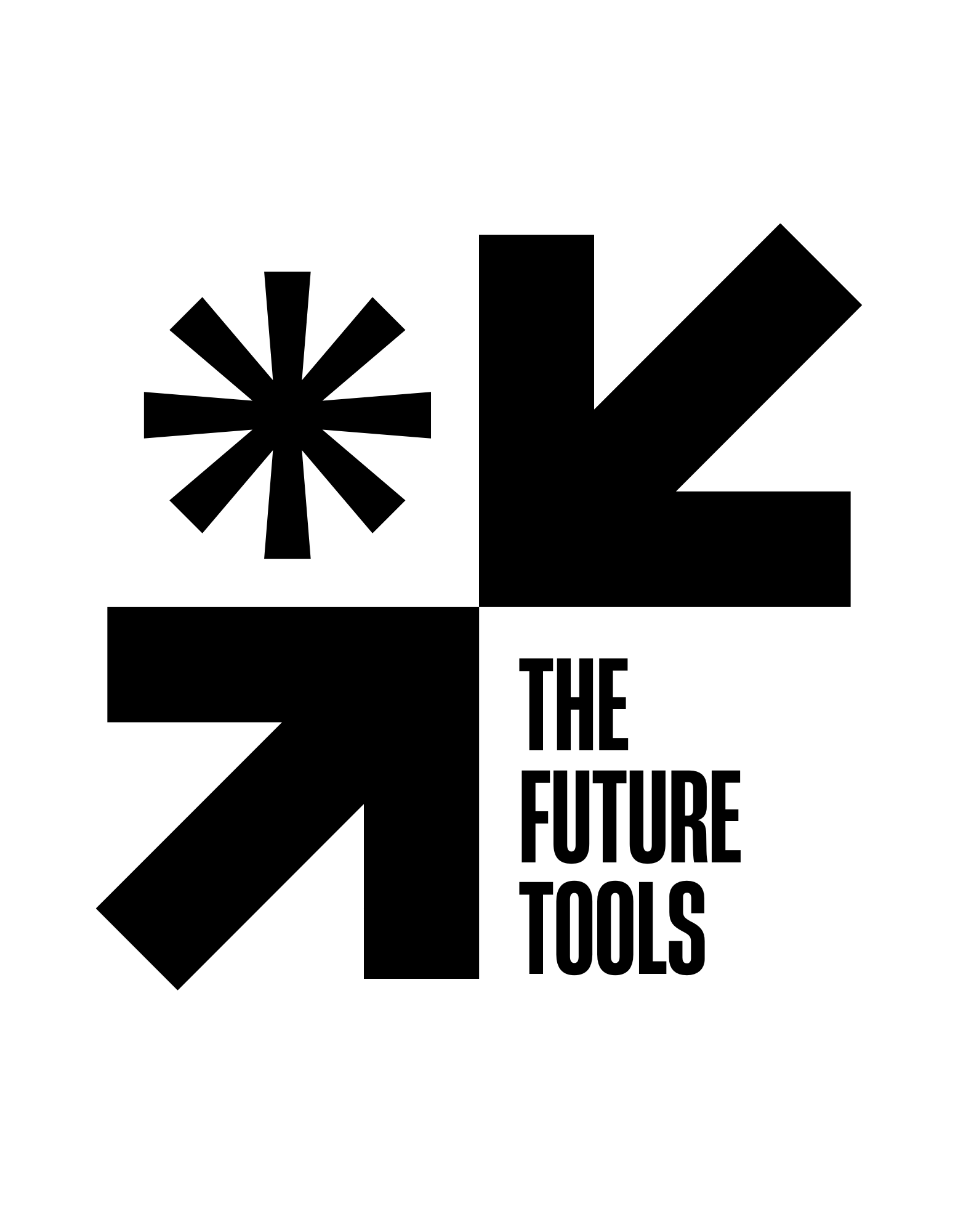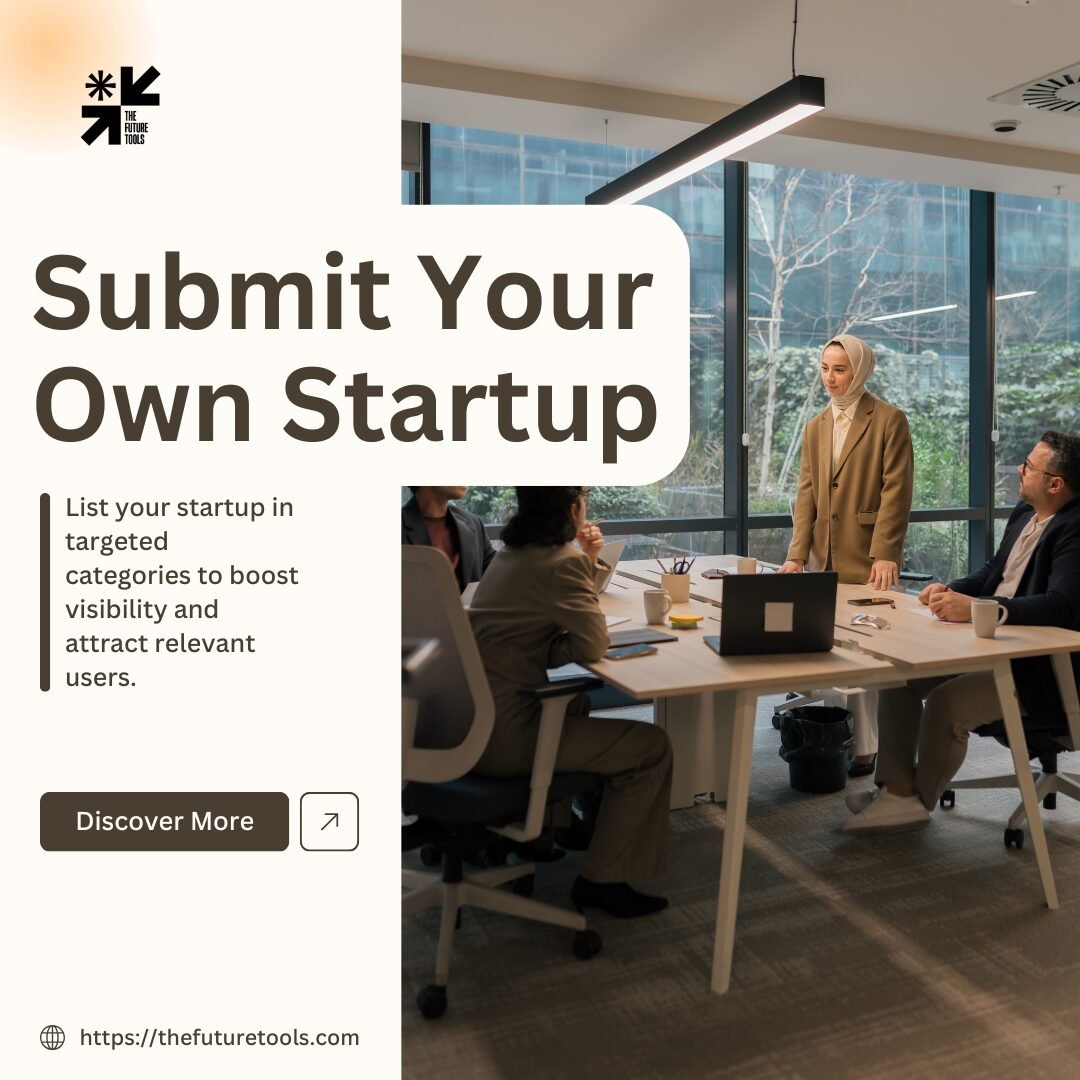Now Reading: Google Expands Virtual Try-On Shopping Globally, Now Lets You Try Shoes
-
01
Google Expands Virtual Try-On Shopping Globally, Now Lets You Try Shoes
Google Expands Virtual Try-On Shopping Globally, Now Lets You Try Shoes
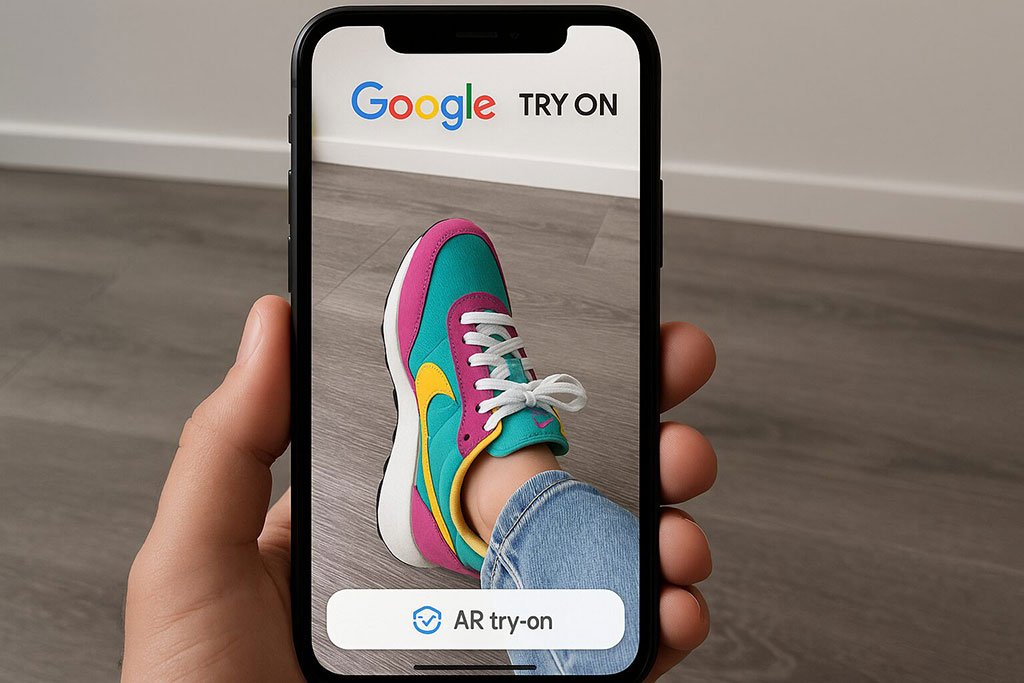
The future of online shopping is becoming increasingly interactive, and Google is leading the way. Its virtual try-on shopping experience, previously focused on eyewear and accessories, has now expanded to more countries — and for the first time, includes shoes.
This innovation allows shoppers to see how footwear looks on their feet before making a purchase, bringing the tactile in-store experience into the digital realm. Beyond convenience, this feature signals a broader shift toward augmented reality (AR) in e-commerce, making online shopping more immersive, personalized, and globally accessible.
Virtual Try-On Goes Global
A Seamless Shopping Experience Across Borders
With this expansion, Google is enabling users from numerous countries to engage with virtual try-on features. Shoppers no longer have to rely solely on photos or reviews — they can see products in real-time, in their own space, and in proportion to their body or feet, all from a smartphone or tablet.
This approach reduces uncertainty in online purchases, which is one of the leading causes of cart abandonment. By visualizing the product before buying, users gain confidence, increasing satisfaction and potentially reducing returns.
Localized Adaptation for Regional Markets
Google has adapted this feature to fit regional needs, including multiple languages, diverse shoe styles, and region-specific sizing guides. This ensures the AR shopping experience feels natural and relevant to each user, whether in North America, Europe, or Asia.
Why Shoes Are the Next Big Step
Footwear and AR: A Natural Fit
Shoes are a highly visual and style-driven product category. Unlike accessories or clothing, shoe fit, color, and design are pivotal to purchase decisions. AR try-on eliminates guesswork, allowing users to experiment with different styles, colors, and even sizes before committing.
Real-World Example
Imagine browsing for sneakers online. With Google’s AR try-on:
-
A shopper can see exactly how the shoe looks on their feet.
-
Compare multiple colors without physically owning the product.
-
Share snapshots with friends for feedback before buying.
This mirrors the in-store “try before you buy” experience — now digitally enhanced and globally accessible.
The Tech Behind the Magic
Google leverages augmented reality, computer vision, and AI to create accurate overlays of footwear onto users’ feet. The system accounts for lighting, angle, and movement, making the virtual try-on realistic and reliable.
Additionally, the integration with Google Shopping ensures a smooth transition from visualization to purchase, bridging the gap between browsing and buying.
Benefits for Consumers and Retailers
For Consumers:
-
Greater confidence in purchase decisions
-
Reduced returns and exchanges
-
Personalized shopping experience
-
Access to international styles without physical travel
For Retailers:
-
Lowered return rates
-
Increased engagement and time spent on product pages
-
Differentiation from competitors with immersive shopping
-
Data insights on popular styles and trends
Pros and Cons of AR Try-On for Shoes
Pros:
-
Enhances online shopping experience
-
Reduces decision fatigue and purchase hesitation
-
Engages customers in a novel and memorable way
-
Compatible with mobile devices, no special equipment needed
Cons:
-
Limited to compatible devices with cameras
-
AR rendering may slightly vary based on lighting or device quality
-
Not all shoe brands may be immediately available in the system
Global and Industry Implications
Google’s expansion is not just a consumer benefit — it’s a signal to the retail industry. AR is becoming a competitive differentiator, particularly in footwear and fashion. Retailers that adopt AR try-on tools can capture younger, tech-savvy audiences, who prioritize interactive, convenient, and personalized experiences.
Globally, this feature encourages cross-border shopping, letting consumers explore brands and styles that may not be available locally, while also ensuring sizing and style accuracy via virtual try-on.
Google’s global expansion of its virtual try-on shopping tool represents a significant leap toward immersive, personalized e-commerce. By adding shoes to the AR experience, the company merges practicality with innovation, offering shoppers a convenient, accurate, and interactive way to make purchasing decisions.
As online shopping becomes more digital-first, tools like Google’s AR try-on bridge the gap between physical and virtual experiences, empowering consumers and challenging retailers to innovate. In the age of AR, trying before buying is no longer bound to the store — it can happen anywhere, anytime, globally.
Stay ahead of e-commerce innovation! Subscribe to our newsletter for the latest trends in AR shopping, virtual experiences, and global retail tech.
FAQs
1. What is Google’s virtual try-on shopping tool?
An AR-powered feature that lets users see how products, now including shoes, look on them before purchase.
2. Which countries is the feature available in?
It is now available in multiple countries globally, with plans to expand further.
3. Which product categories are supported?
Initially eyewear and accessories, now expanded to shoes.
4. What devices are compatible?
Most modern smartphones and tablets with cameras support the AR try-on.
5. How accurate is the virtual try-on?
Google uses AI and computer vision to simulate realistic size, color, and perspective.
6. Can I try multiple styles or colors?
Yes, users can experiment with different styles and colors virtually.
7. Does it reduce returns for retailers?
Yes, by helping shoppers visualize products, return rates are expected to decrease.
8. Is this free to use?
Yes, users can access the virtual try-on through Google Shopping at no cost.
9. Can retailers add their products to the tool?
Yes, brands can integrate their products into the AR system via Google Shopping.
10. How does this impact online shopping trends?
It accelerates adoption of AR in e-commerce, enhancing personalization, engagement, and cross-border shopping.
Disclaimer:
All logos, trademarks, and brand names referenced herein remain the property of their respective owners. Content is provided for editorial and informational purposes only. Any AI-generated images or visualizations are illustrative and do not represent official assets or associated brands. Readers should verify details with official sources before making business or investment decisions.




